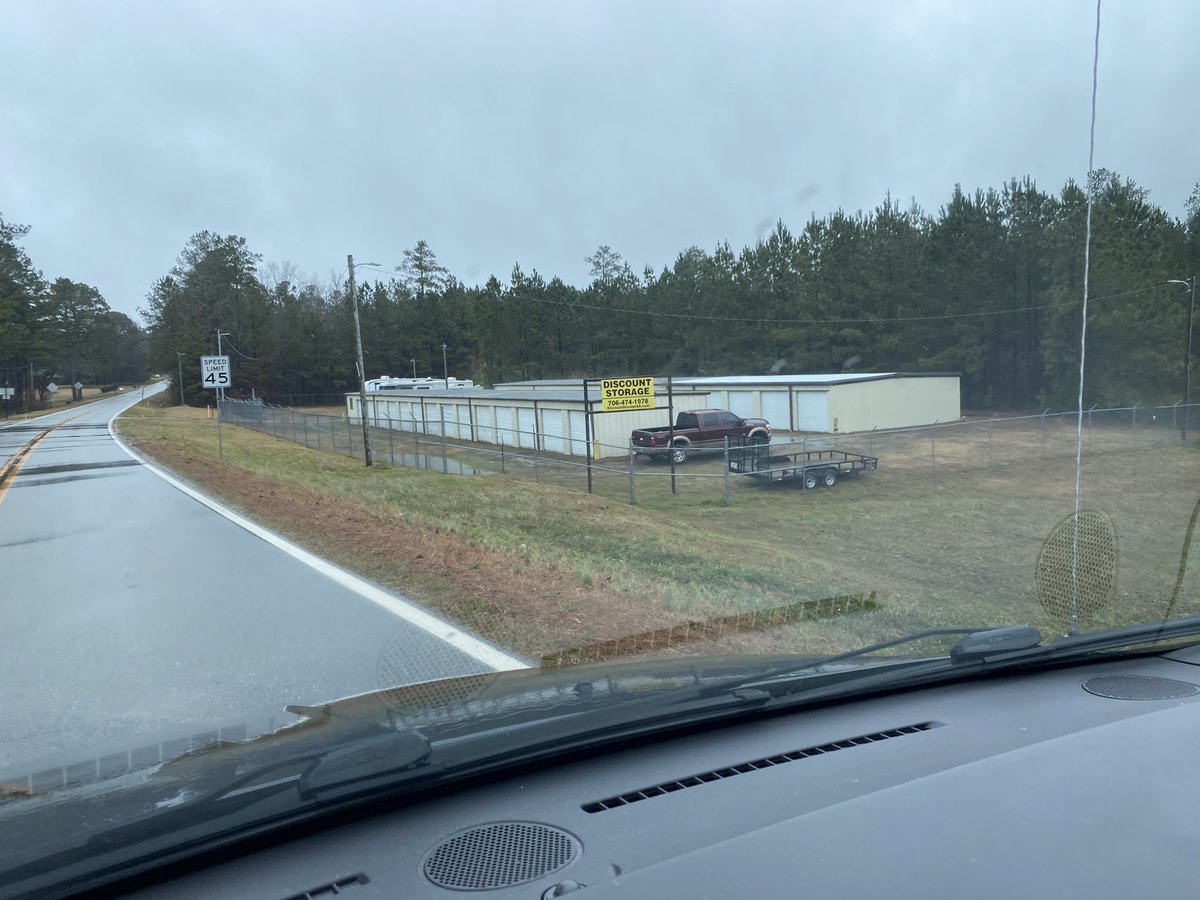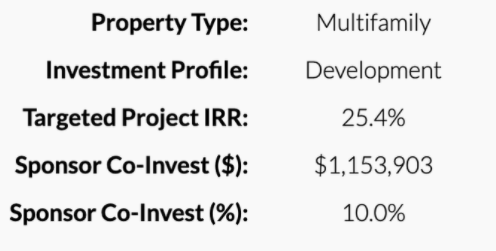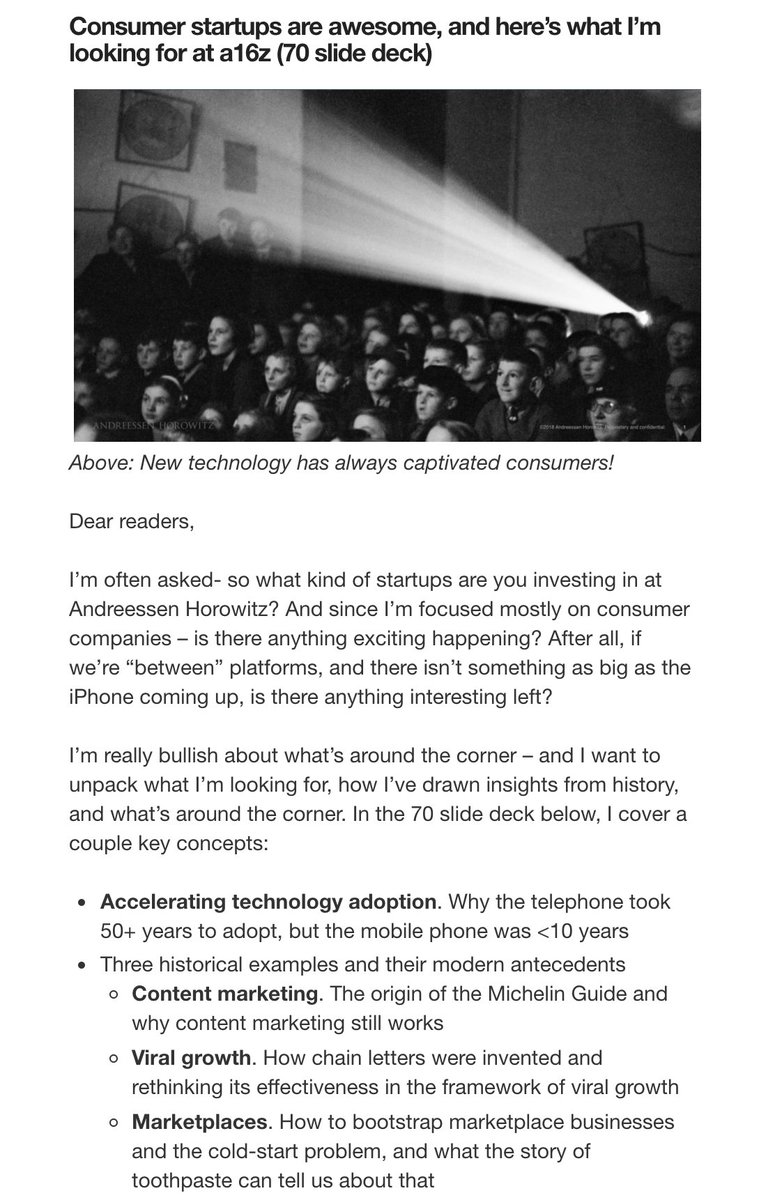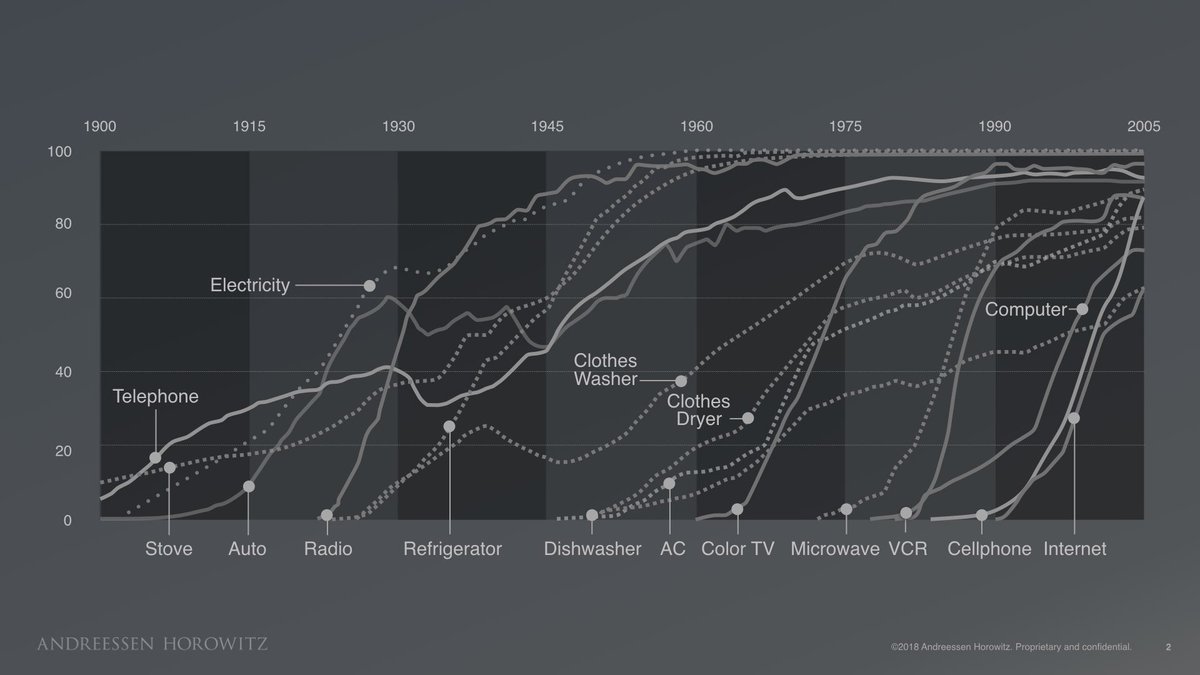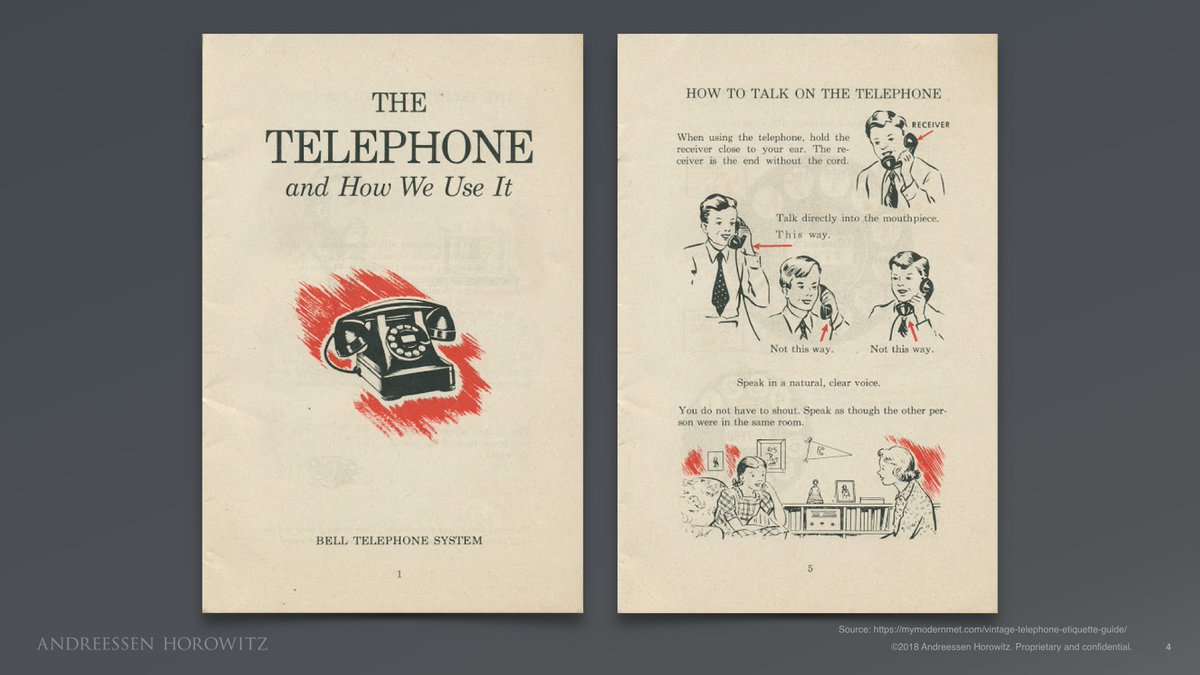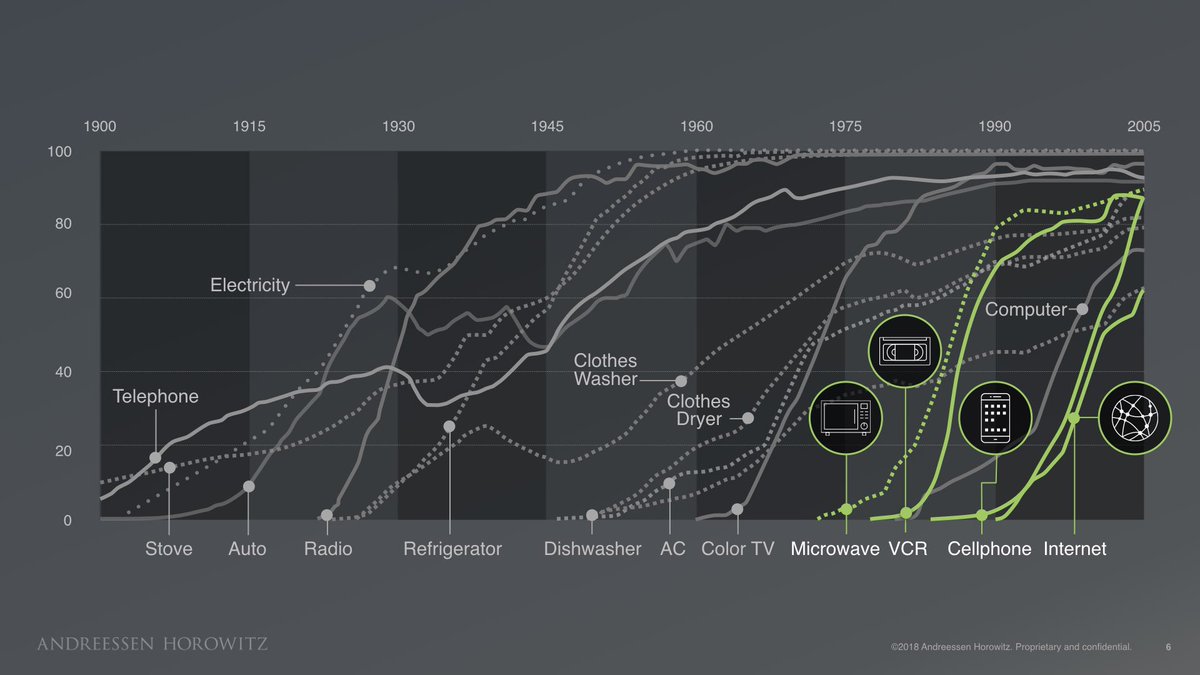They find the property, do all the work, hire the management company and take fees. They often co-sign debt and always secure the financing.
A THREAD on how most real estate folks structure deals with outside investors.
Most people utilize the "preferred equity" structure when they raise money from outside investors. They "syndicate" deals.
Here's the basics:
They find the property, do all the work, hire the management company and take fees. They often co-sign debt and always secure the financing.
They don't co-sign debt. They simply read reports and ask the sponsors questions and cash checks every month (if the deal is going well).
"Preferred equity" belongs to the LPs. Cash talks, so this is a higher class of shares. They are first in the "capital stack" behind the debt (bank loan).
"Common equity" belongs to the sponsor. They are generally last in the capital stack.
That means the GP has skin in the game. His 10% co-invest makes him both an LP and a GP.
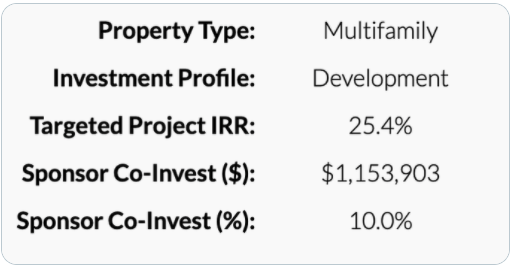
That means they get paid first. The pref signals how much. Its generally 6-12%. That means the LP is entitled to the first 6-12% of profit the project generates.
New development, or high risk value add projects, generally warrant lower prefs and higher "promotes"
Its a percentage of profits the sponsor gets AFTER the LPs get their preferred return on their cash.
This ranges from 20% to 50%. It can change based on checkpoints, or "waterfall".
Because every day your LP capital isn't returned its accumulating "preferred returns" that you owe to the LP. The only way to stop it is to return it.
There are often additional waterfalls. 80/20 after an 8 pref and 50/50 after a 20% "hurdle".
A hurdle is a return percentage you need to hit to get into the next level of promote.
Internal Rate of Return.
When the deal is done, and my capital is back, what percent return have I earned?
Sponsors hate it because there are so many other factors that are more important to the health of the deal.
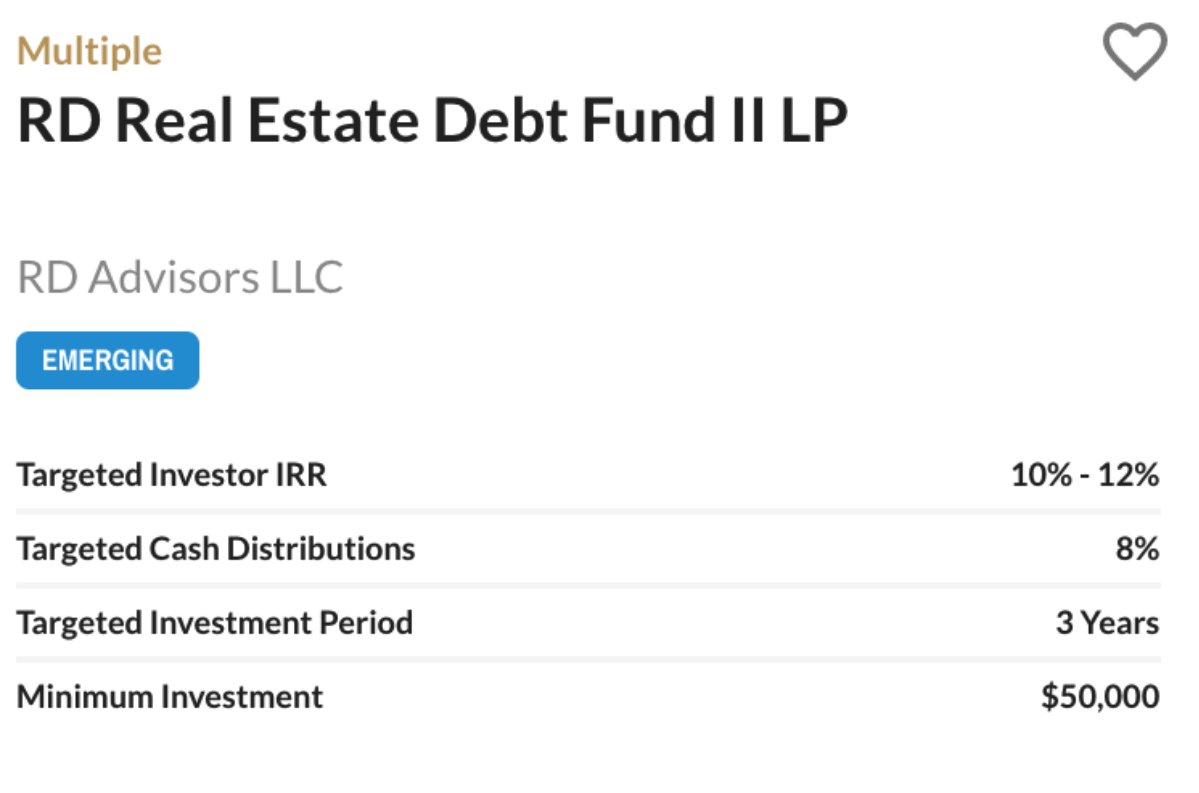
How long of a time frame are we on? These deals aren't liquid. LPs can't just ask for their money back.
Sponsors lay out the investment timeline and let everyone know how long this thing is expected to go.
Acquisition fees can be anywhere from 1-5%.
AUM fees are generally .5-2%.
The market sets these fees (as well as the pref and promote). If you have a track record, more fees.
I buy storage facilities so lets say we have a $1MM operational facility already at 90% occupancy.
Its (relatively) low risk so lets say the structure is 7 pref and 50% promote thereafter. No waterfalls.
We raise 300k from outside LPs to close out the deal. No co-invest to keep the math simple.
Starting on day 1 we owe the LPs a 7% annual rate (pref) on the $300k.
I would get paid $50k on day one to buy the deal and get it under ownership.
To keep the math simple we aren't building this in, but keep it in mind.
The 1% AUM fee would be $3,000 a year on the $300k.
That goes to the sponsor.
Our cash on cash would be around 15% or higher if we can secure Interest Only debt (not paying principle for the first period of time).
That means on day one I'm hitting the hurdle and getting paid
But we have $45k in cashflow, or $24k after the pref.
That money is split 50/50 between the GP and the LPs because we have a 50% promote.
Yr 1 the LPs get $21k+$12k for $33k. 11% IRR pace.
Yr 2 cashflow is even higher, $45k+$30k for $75k.
LPs are owed $21k as their pref and we have more to split up between the sponsor and LPs. LPs get another $27k and Sponsors get $27k.
Lets do a sale first. Our property might be worth a 7 cap on the new NOI, or $1.428MM. Lets say $1.5 for simple math.
We sell it for $1.5M at the 24 month mark. Home run deal.
Bank gets their $700k back first.
LPs get their $300k back next.
They've already been getting their pref from day 1 so we don't have a preferred return to "catch up" when we sell. So its 50/50 from here.
In 24 months the LPs made $81k in cashflow (or 13.5% per year).
That means the targeted cash yield on the deal should have been around 13.5% if the sponsors projections were correct. Cash yield doesn't account for sale, only ops.
A $331k total profit. In 2 yrs.
IRR: 55.16%
Equity Multiple: 2.1x
Add it to your resume, pay a bunch of taxes, and do a bigger deal!
Instead of selling the property for $1.5MM and paying a bunch of taxes and being stuck with $500k in capital that is earning nothing and needs re-deployed, lets hold the asset and put more debt on it.
They get the property appraised for $1.5MM, look at the debt service coverage ratio, and agree to lend 75% of the new value.
That means you can take $1,125,000 in new debt.
Bank gets paid $700k (original debt is cleared).
LPs get paid $300k (original investment, pref is no longer accruing)
You have $125k left over. Sponsor gets 50%. LPs get 50%.
EVERYTHING FROM HERE IS BUTTER.
The property still cashflows. You didn't pay a bunch of taxes. You still got LPs their money back and they're ready to do another deal with you.
You as the sponsor, now own 50% of a building you put $0 into.
I'm not a pro at this. Looking forward to getting corrected where I missed something.
There are thousands of ways to do this and terms and factors I didn't mention.
I just wish I could have read something like this a year ago when I first started on ReTwit.
https://t.co/h4fybmycuK
I use @GroundbreakerCo to manage my LPs. Same thing as Juniper Square except 1/5 the cost. Love it.
https://t.co/FEt1sBoSWS
More from Nick Huber
More from Business
This is a GREAT argument to pull up when talking to people about minimum wage. Some others nested below
A large number of new jobs being created are minimum to low wage, so looking for a new job generally won’t increase pay.
Raising minimum wage helps things not directly related.
Helps Infant mortality? Yup.
Lowers Suicide? Yup.
Reduce smoking rates? You bet.
It also boosts the local economy! Minimum to low wage earners spend more % of their money, so an increase means more is spent, often in community!
Low paying jobs are often in sectors which would gain from this. More people spending money in your shop makes your business more money! Now you have more profits and increased labor costs are covered.
"it doesn't affect me if companies pay low wages"
— Dan Price (@DanPriceSeattle) February 11, 2021
In reality, you're paying for it. Over 50% of people on food stamps are actively working. The leading employers are Walmart, McDonald's and Amazon.
As taxpayers, you're subsidizing corporations to pay literal poverty wages.
A large number of new jobs being created are minimum to low wage, so looking for a new job generally won’t increase pay.
Raising minimum wage helps things not directly related.
Helps Infant mortality? Yup.
Lowers Suicide? Yup.
Reduce smoking rates? You bet.
It also boosts the local economy! Minimum to low wage earners spend more % of their money, so an increase means more is spent, often in community!
Low paying jobs are often in sectors which would gain from this. More people spending money in your shop makes your business more money! Now you have more profits and increased labor costs are covered.
1/An interesting thing happened tonight. I was scrolling through clubhouse and found WileyCEO, Godfather of Grime (kicked off Twitter in July for antisemitic tweets) speaking. So I tweeted this (and included a screen shot, later deleted as I found out TOS don't allow it ...

2/ ... and several folks also asked me to remove it which I promptly did afterwards).... Coming into the CH room, I fully intended to confront him about how hurtful his comments in July were. But as I listened to the folks in the room, I decided to go a different direction ....
3/ the conversation jumped around, covered many topics and there were between 8-14 people up on stage. But a recurring thread was discussion of racism, bigotry, comparison of it in the US vs UK vs elsewhere.
4/ when I got a chance to speak, I had 5 bullets written down: a) we should harness technology and capitalism to make reparations for what America did to Black people. I gave https://t.co/SlrW8zCd58 (a project a couple friends co-started) as an example) ...
5/ b) capitalism and product know-how and technology can be harnessed for social justice c) historically oppressed minorities need to stick together and lastly, d) "Wiley, how could you say such hurtful things about Jews as a people?" That's what I had ready to say, anyway.

2/ ... and several folks also asked me to remove it which I promptly did afterwards).... Coming into the CH room, I fully intended to confront him about how hurtful his comments in July were. But as I listened to the folks in the room, I decided to go a different direction ....
3/ the conversation jumped around, covered many topics and there were between 8-14 people up on stage. But a recurring thread was discussion of racism, bigotry, comparison of it in the US vs UK vs elsewhere.
4/ when I got a chance to speak, I had 5 bullets written down: a) we should harness technology and capitalism to make reparations for what America did to Black people. I gave https://t.co/SlrW8zCd58 (a project a couple friends co-started) as an example) ...
5/ b) capitalism and product know-how and technology can be harnessed for social justice c) historically oppressed minorities need to stick together and lastly, d) "Wiley, how could you say such hurtful things about Jews as a people?" That's what I had ready to say, anyway.
You May Also Like
@franciscodeasis https://t.co/OuQaBRFPu7
Unfortunately the "This work includes the identification of viral sequences in bat samples, and has resulted in the isolation of three bat SARS-related coronaviruses that are now used as reagents to test therapeutics and vaccines." were BEFORE the

chimeric infectious clone grants were there.https://t.co/DAArwFkz6v is in 2017, Rs4231.
https://t.co/UgXygDjYbW is in 2016, RsSHC014 and RsWIV16.
https://t.co/krO69CsJ94 is in 2013, RsWIV1. notice that this is before the beginning of the project
starting in 2016. Also remember that they told about only 3 isolates/live viruses. RsSHC014 is a live infectious clone that is just as alive as those other "Isolates".
P.D. somehow is able to use funds that he have yet recieved yet, and send results and sequences from late 2019 back in time into 2015,2013 and 2016!
https://t.co/4wC7k1Lh54 Ref 3: Why ALL your pangolin samples were PCR negative? to avoid deep sequencing and accidentally reveal Paguma Larvata and Oryctolagus Cuniculus?
Unfortunately the "This work includes the identification of viral sequences in bat samples, and has resulted in the isolation of three bat SARS-related coronaviruses that are now used as reagents to test therapeutics and vaccines." were BEFORE the

chimeric infectious clone grants were there.https://t.co/DAArwFkz6v is in 2017, Rs4231.
https://t.co/UgXygDjYbW is in 2016, RsSHC014 and RsWIV16.
https://t.co/krO69CsJ94 is in 2013, RsWIV1. notice that this is before the beginning of the project
starting in 2016. Also remember that they told about only 3 isolates/live viruses. RsSHC014 is a live infectious clone that is just as alive as those other "Isolates".
P.D. somehow is able to use funds that he have yet recieved yet, and send results and sequences from late 2019 back in time into 2015,2013 and 2016!
https://t.co/4wC7k1Lh54 Ref 3: Why ALL your pangolin samples were PCR negative? to avoid deep sequencing and accidentally reveal Paguma Larvata and Oryctolagus Cuniculus?

